Ram Rampage Makes European Debut At Fieracavalli 2025
Brazilian-Built Compact Pickup Tests European Interest
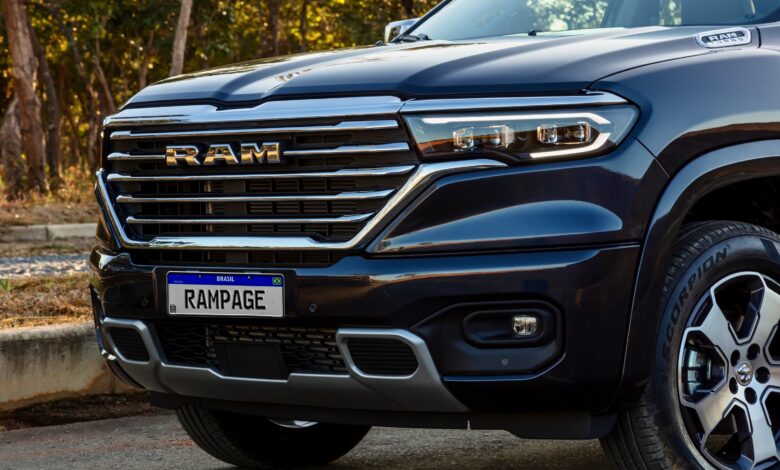
Ram is continuing its worldwide push by bringing its South American–built Rampage compact pickup to the heart of Europe. The brand showcased the stylish and capable truck at Fieracavalli 2025, Italy’s legendary equestrian exhibition in Verona, marking the first time the Rampage has been displayed publicly on European soil.
This appearance wasn’t just about showing off—it was a calculated move by Ram Trucks Europe to gauge market interest in a smaller, premium pickup tailored to European tastes. The Rampage’s blend of refinement, technology, and versatility positions it as a potential game-changer for drivers seeking a balance between everyday practicality and rugged capability.
A Brazilian-Born Global Contender –
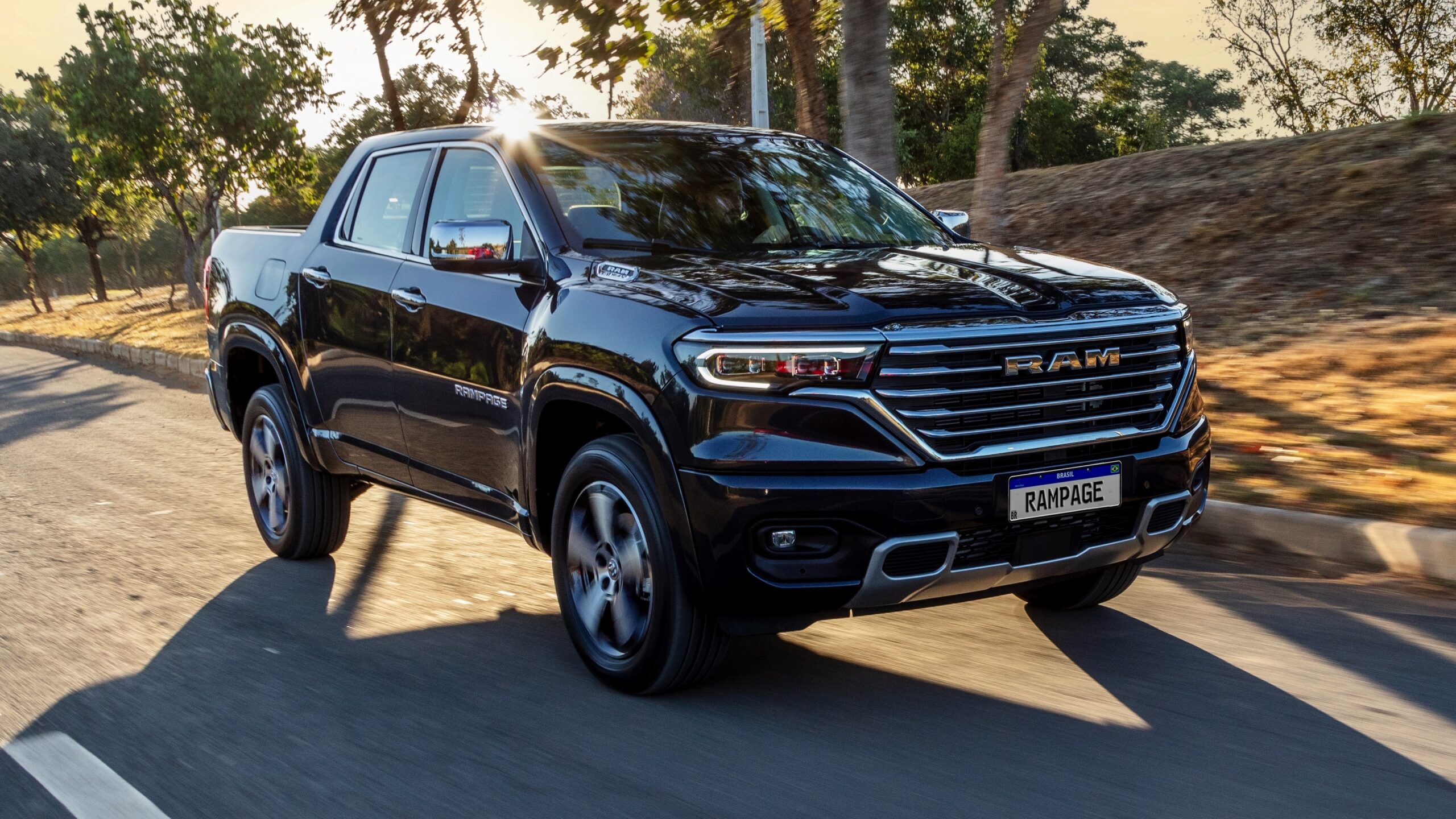
Developed and produced entirely in Brazil, the Ram Rampage has become a breakout success across South America since its debut. Built on a unibody platform, the truck bridges the gap between compact SUVs and midsize pickups, offering a more upscale alternative to competitors like the Ford Maverick.
The Rampage lineup in Latin America includes Big Horn, Rebel, Laramie, and R/T trims. Power comes from two advanced engines: a 2.2-liter Multijet II turbo-diesel producing 200 horsepower and 332 lb-ft (45.9 kgfm) of torque, and a 2.0-liter turbocharged Hurricane4 gasoline engine that delivers 272 horsepower and 295 lb-ft (40.7 kgfm) of torque. Both are paired with a 9-speed automatic transmission and full-time 4×4 Auto system—offering strong performance and efficiency whether on city streets or off-road trails.
Europe’s First Taste Of The Rampage –
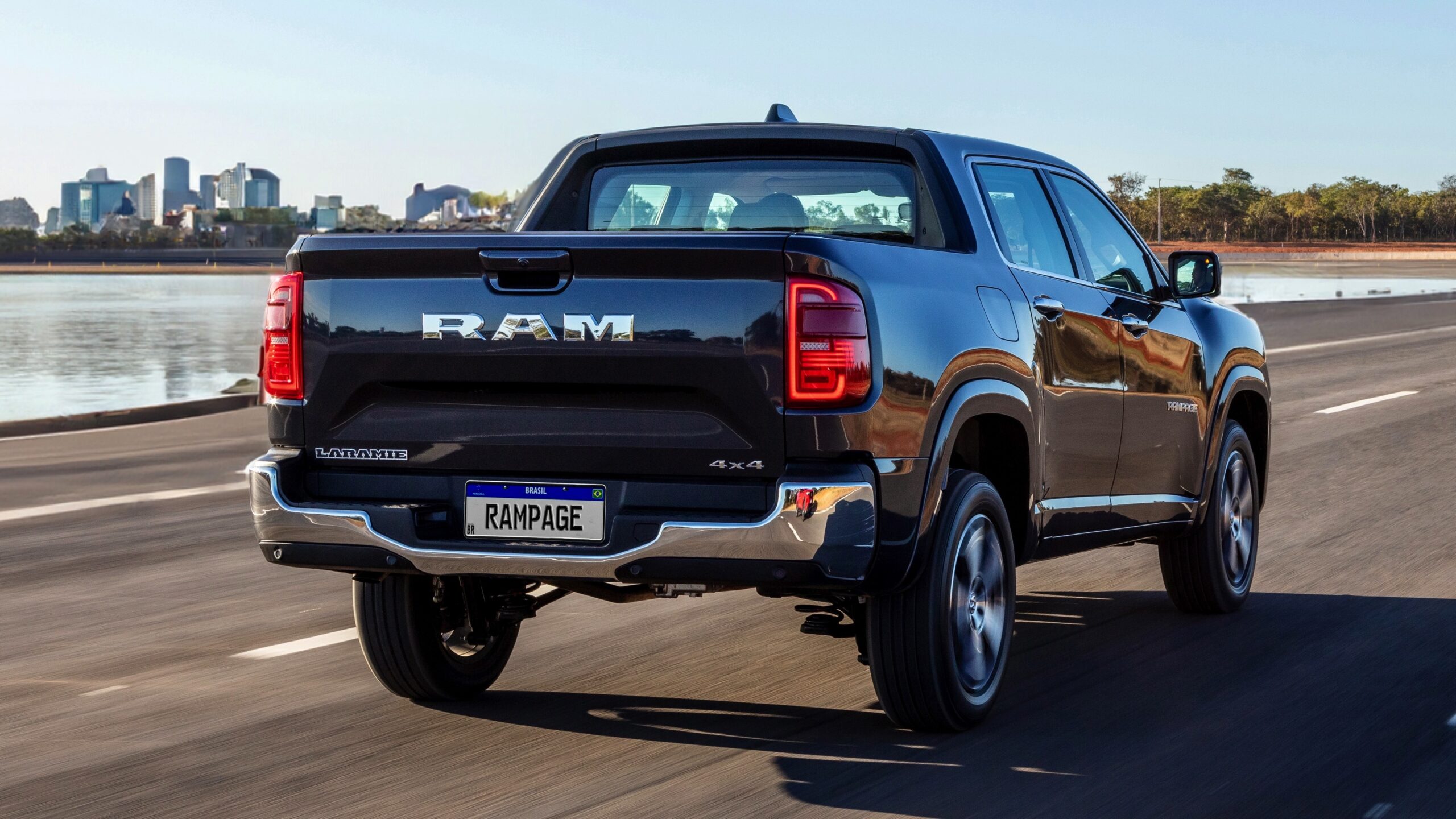
At Fieracavalli, Ram used its position as main automotive partner and Title Sponsor of Hall 8 (PalaRam)—home to the Longines FEI Jumping World Cup™, the only Italian leg of the global series—to introduce European audiences to the Rampage. The event, which draws over 140,000 visitors and 700 exhibitors annually, provided the perfect setting for Ram to connect with a new demographic of enthusiasts who appreciate strength, precision, and craftsmanship.
The Rampage’s appearance was more than symbolic—it was strategic. Europe is one of the few major global markets where Ram currently doesn’t sell a compact pickup. However, with consumer demand rising for smaller, fuel-efficient, premium-feel trucks, the Rampage could fill a key gap in Ram’s European lineup.
Built For A New Kind Of Driver –
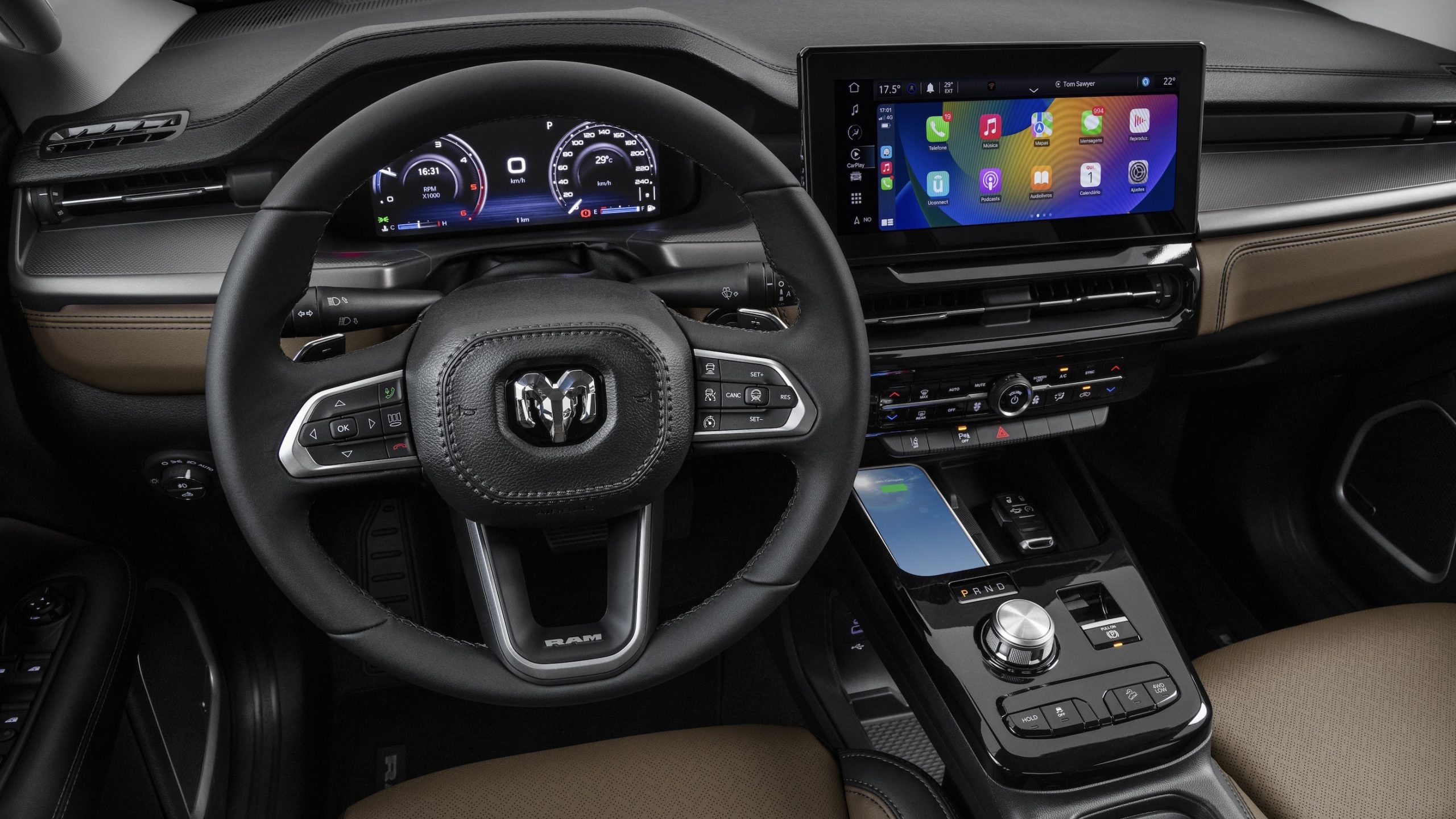
Inside, the Rampage mirrors the refinement found in larger Ram trucks, featuring premium materials, digital instrumentation, and Uconnect 5 infotainment with smartphone connectivity. Safety and driver-assistance technologies, including adaptive cruise control, lane-keep assist, and automatic emergency braking, enhance everyday usability—key selling points for European markets.
Its design combines American attitude with European sensibility: muscular proportions, LED lighting, and a versatile bed engineered for both work and leisure. Whether for hauling gear to a stable, navigating urban streets, or heading off for a weekend escape, the Rampage delivers versatility that resonates with lifestyle-driven buyers.
Expanding The Ram Presence –
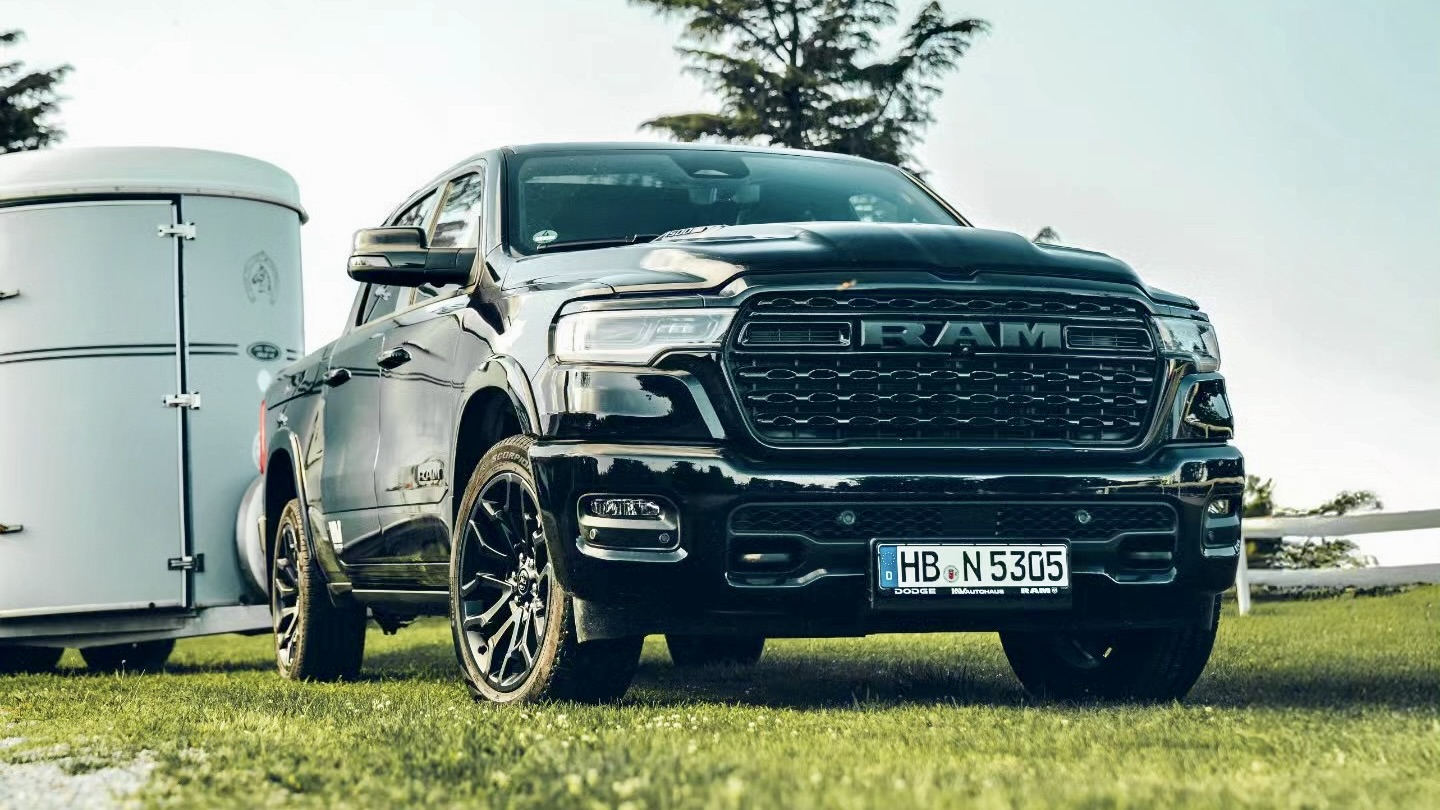
Over the past few years, Ram Trucks Europe has built momentum through a network of importers and dealerships, offering the Ram 1500 lineup with both Pentastar V6 and twin-turbo Hurricane I6 powertrains. The brand has also strengthened its visibility through partnerships—serving as official sponsor of the Red Bull KTM Factory Racing Team in the FIM Motocross World Championship and now entering the equestrian world as Fieracavalli’s main partner.
By adding the Rampage to this mix, Ram is exploring how far its appeal can reach. The compact truck offers the perfect entry point for European buyers who admire Ram’s bold styling and capability but prefer a more city-friendly size and efficiency.
Ram’s Global Ambition –
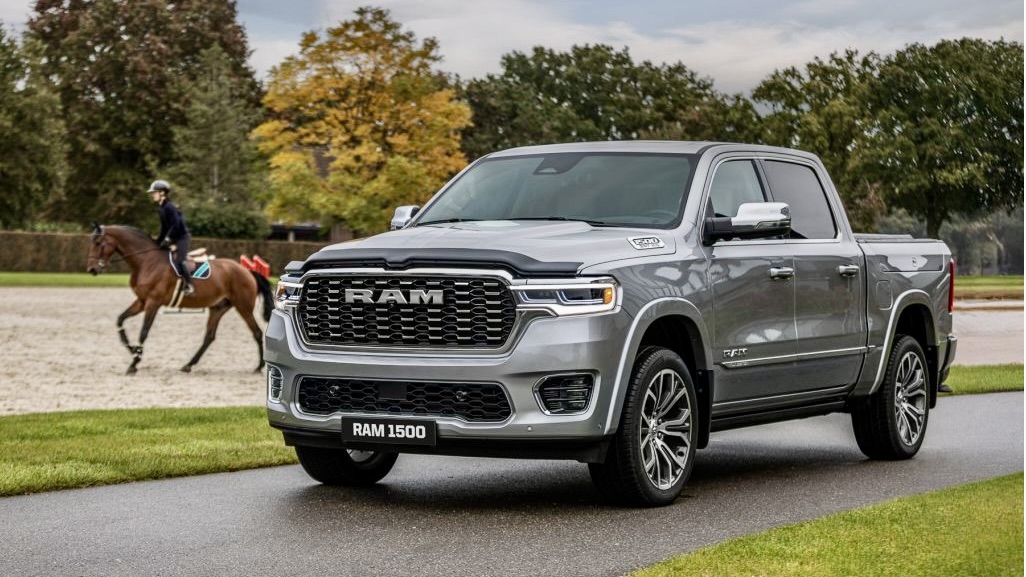
Showcasing the Rampage at Fieracavalli 2025 reinforces Ram’s commitment to evolving into a truly global brand. The event also marked the brand’s expanded partnership with Scuderia 1918, one of the world’s premier equestrian organizations. Ram will supply its trucks—including the Rampage—for logistical support, proving its capabilities in real-world conditions.
If the Rampage is well received, the compact pickup could very well find itself making its way into European showrooms in the near future. Brazil has already demonstrated Stellantis’ global export ambitions—as seen recently when the Jeep® Commander, which shares the same underpinnings as the Rampage, began shipping to the Middle East. This move underscores Stellantis’ confidence in its Brazilian engineering and manufacturing base, potentially paving the way for the Rampage to join the growing list of South American–built models going global.

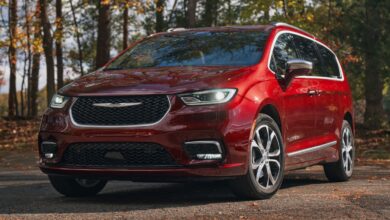
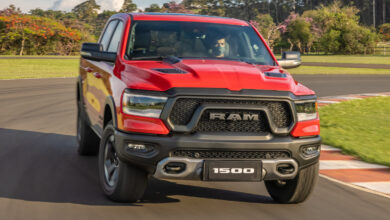
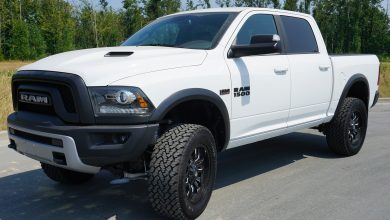
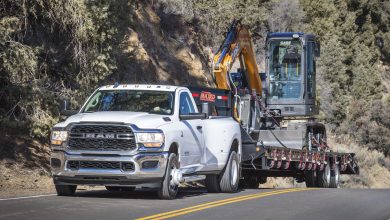
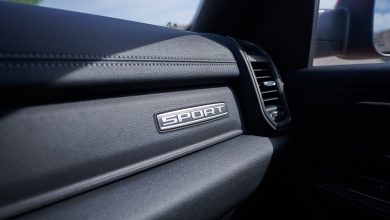
No replies yet
Loading new replies...
Join the full discussion at the Mopar Insiders Forum →